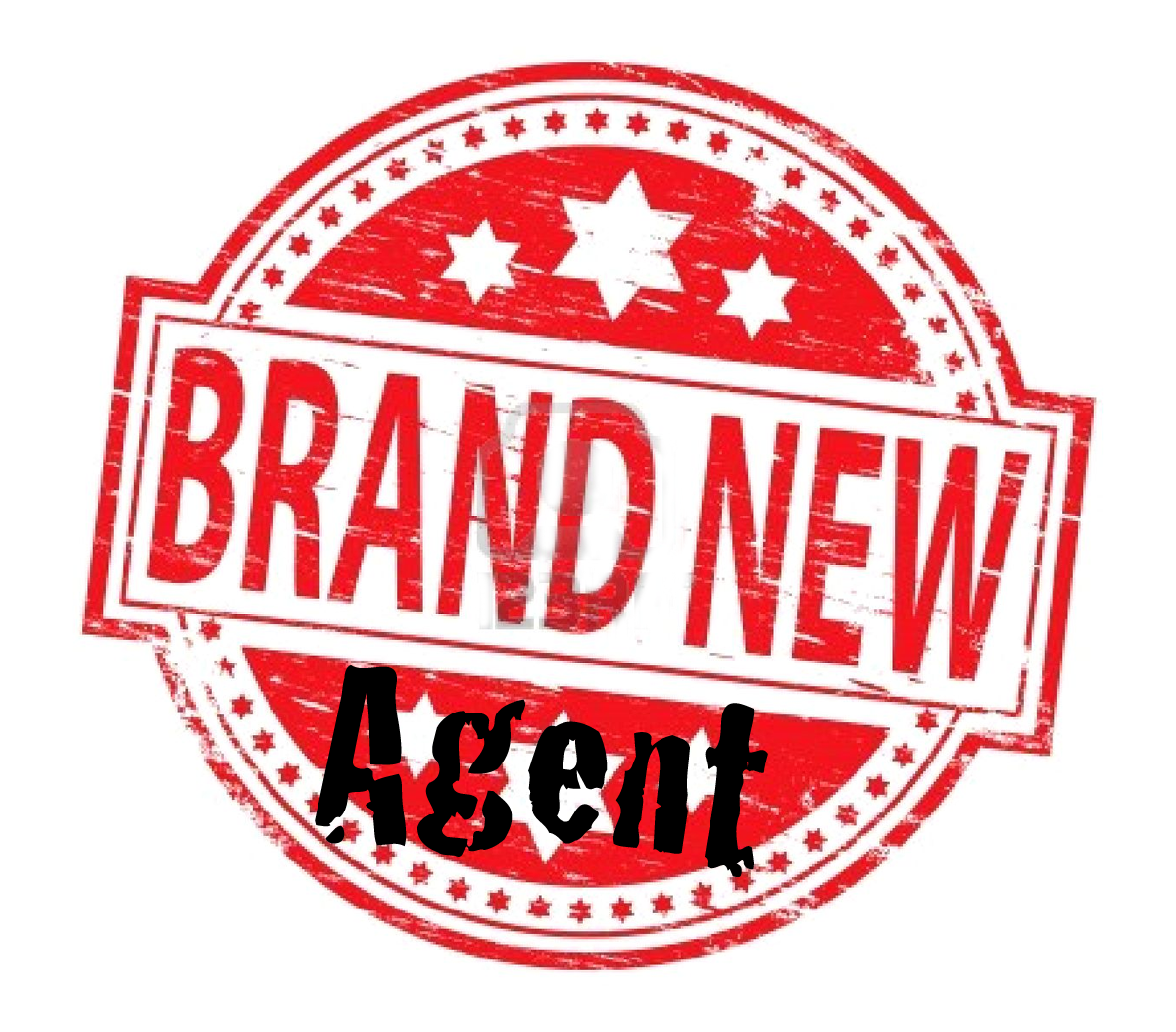Undoubtedly, most agents coming to this website aren’t totally green to insurance. Most of you are already licensed and contracted and just looking for insurance leads for your marketing program. But for the tiny portion of aspiring soon-to-be insurance agents who found us either from searching online or finding a mention of us on the forums. This article will serve as a roadmap of what you need to take care of before you can start ordering leads or selling insurance. This mirrors the third chapter of our sales training book, which goes over the prep work agents need to take care of before they become agents.
In this post, we will cover the three foundational legalities you need to take care of before you can sell Final Expense or Medicare Supplements. We will also cover the fiveitems agentsneed to take care of before ordering their leads, or the “pre-prospecting process,” if you will.
Back to Basics
1. Licensing
Before you can legally sell insurance, you need to get three things taken care of. The first and most important is licensing. Without a license, the other two items won’t matter, so first and foremost, aspiring agents must get licensed in their home state, also known as their “resident” state. Once you have a resident license, you can apply for “non-resident” licenses in other states.
Insurance newcomers should start with their state’s department of insurance online. There you can find all the forms and necessary licensing requirements. For those who would like to skip to their state’s agency licensing requirements page, click on your state below.
Please click on the state you live in to view that state’s licensing requirements:
Another place that might be easier to access requirements is the website NIPR. Applying for non-resident licensing and renewing your license has never been easier, thanks to this site. Be forewarned: There is a small charge for handling the application (not to be confused with each state’s application charge when filling out the online form) but it’s minor and well worth it.
Before you can qualify for licensing, you must take an online course that covers both health and life insurance lines. After the online course, which takes about a week to go through, an agent can proceed to getting their background check and taking their exam at a local testing center. All in all, it will cost approximately $75 for the license. $50 for the background check, and $125 for the initial licensing education requirements (classes), which comes to a total of $250, give or take $25-$50 depending on your state’s pricing.
The top place to find initial licensing education is to check with your state’s link above. Check out your local business and trade colleges like Hondros, or go to Kaplan’s website, where everything can be done online.
Once you pass your state exam with a score of 70% or better, pay all the fees and pass the FBI background check, you’re aces!
All you need to do after that is figure out how you will get appointed with insurance companies to sell their products.
2. E&O
After you get licensed to sell insurance, and before you become appointed with insurance companies, you will need insurance to sell insurance, or Errors and Omissions insurance, known as E&O for short.
E&O is professional liability insurance, and it helps insurance agents avoid civil litigation from any advice or recommendations given to clients.
The cost of this insurance is usually $450-$550, depending on where you get it. Some insurance companies like Equitable have their own E&O program. And then there are other vendors you will see on popular insurance agent websites like E&O For Less, Calsurance, or Napa Benefits.
Without this insurance, insurance companies won’t even consider your application. So before contacting them to apply for contracting, stop by one of the above-mentioned providers and get your E&O straightened out.
Have questions about what E&O is and its limitations? Check out this FAQ section by NAPA.
3. Contracting
Agents who have their E&O are now ready to contract with companies to sell their insurance products. Agents have essentially three ways to contract with any insurance company:
- Through the company directly
- By a local agency
- Through a recruiting service like an insurance marketing organization (IMO) or field marketing organization (FMO)
The last two are very similar in nature; the agent will go through an intermediary to get their contracts. Sometimes that intermediary will require the agent to be “captive,” which requires the agent to either sell only one company or only companies through that intermediary. Many FMOs will allow the agent to retain their independence, allowing them to sell through multiple FMOs if the agent wants.
We already covered the reasons why agents might want to align themselves with an FMO in our blog post about Free Insurance Leads. Suffice to say, agents should carefully weigh their choices and read their contracting paperwork for releases and non-competes that may hamper any contracting move in the future.
Some reasons to align with an FMO may be:
- Free, discounted, or aged insurance leads
- Higher commission rates
- Sales training resources
- Deferred compensation or other benefits
Of course, when it comes to any of these reasons, agents should weigh any perceived trade-offs of what benefits they’re getting vs. how much commissions they might be giving up.
Agents wishing to find contracting options galore should just go to the Insurance Forums and introduce themselves and in no time, you will have IMOs replying to the thread and in private messages. Be very careful, and remember – never put all your eggs in one basket!
Overall, the cost to get licensed and contracted, and ready to sell is roughly $1,000. An agent will also need leads which we will cover in our next blog post.
BEFORE PROSPECTING AND AFTER LICENSING & CONTRACTING
Welcome to the limbo of new agents – legally allowed to sell insurance, but not quite sure how to sell insurance. Below are the five things new agents should take care of before ordering their first batch of leads.
1. Choosing Companies
First things first, new agents must figure out the top 3-5 competitive companies in the area they are prospecting for each type of insurance they are selling. Smart new agents will focus on one type of insurance at first and then carefully pick up another type of insurance after six months to a year.
Agents who set themselves up for success while minimizing policy lapses will focus on the most competitively priced companies. Medicare Supplement agents should consider not only the competitively priced companies but also companies with stable rates. Nothing is worse than putting a client with a company that quickly raises rates 12%+ beyond the lower price you quoted them.
By going with competitively priced companies, sure, you get a lower commission. But you lower the chances of another agent coming in and showing clients more benefits for the same price, or the same benefits at a lower price.
2. Quoting
Agents wondering how to find the top insurance companies to sell will invariably have to find a quoting tool. There are quite a few quoting tools out there; Craig Ritter’s IMO RitterIM offers a free one. Agents can sign up for their quoting tool and find quotes, not only for Final Expense and Medicare Supplements, but Part D prescription plans and Medicare Advantage plans as well.
After getting access to the most competitive insurance companies, take a moment to study the underwriting guides and applications accessible via Craig’s quoting tool. Compare the listed ratable or declinable conditions on the applications to see what is accepted by some companies but not by others.
Look at the cut-off dates for the questions; some companies may ask if the consumer has had a condition within the last two years as opposed to the last five years.
3. Tracking
Before you start prospecting for leads, you’ll need to put a process in place for tracking details about your prospects. This includes personal information and health conditions, where they are in the sales cycle when you last contacted them, and other records. You can use an Excel spreadsheet or Open Office, a free database program, to make your own reports, but most agents prefer a customer relationship management (CRM) tool that’s already set up to collect and organize various fields of information about each prospect or client. Some popular CRM options are Zoho, Radius, and Salesforce. A simple search for “CRM” will show countless other options.
If you are using a dialer to call leads to present entirely over the phone or to set appointments to meet with later, you might be able to use the CRM-like database that stores the records within the dialer system. (Don’t worry, we’ll cover CRMs and dialer systems in more detail later.)
4. Identification & Branding with Business Cards
If you’re waiting for your contracts to come through and you’re studying the applications and underwriting guides, it’s time to get your own business cards. We won’t spend a lot of time on this one. Just go to Vistaprint and pick a design that is conservative and yet unique to your personal brand. Be sure to stop at some online coupon sites to get a 15-25% discount for your business cards and other printables.
When you inevitably come to the phone number field, check out our blog post about the Top 10 e-fax and 800 Number Providers to get an idea whether you should have a local number or an 800 number.
5. Dressing the Part
Lastly, we come to what you should wear for appointments. Today’s insurance agent has essentially two wardrobe choices when it comes to selling insurance: business casual or in your underwear. What we mean is that agents can either sell face-to-face or over the phone. If you’re selling over the phone, you don’t really need to worry about this section, because the prospect can’t see you.
For those who will be selling face-to-face, business casual attire is the best way to position oneself in the field. If you dress too uptight, in a suit carrying a briefcase, you might come across as cold or overly pushy. Likewise, if you dress in shorts or baggy jeans, you probably aren’t going to give off a professional impression.
Slacks or khakis (or a nice pressed skirt for women) are preferable, along with a button-up shirt, blouse or polo shirt. Add some nice brown or black shoes and you will look nice enough to like, but not too intimidatingly professional to inhibit conversation.
Here are some examples for appropriate dress wear:
If you present over the phone, you’ll want to get a nice webcam and get your presentation materials (like your licenses, any company brochures or plan information, along with applications). Put them together and easily accessible on your computer so you can initiate a screen share online while you’re on the phone. This allows the prospect to follow along on the screen as you are presenting. Having a picture of you and any client reviews would also go a long way to showing how professional you are, if you’re not able to dress up and meet them in person.
Also, change your desktop background to something conservative and professional. Having a picture of your family is ok, but don’t have a ton of folders showing so clean it up if you have files and folders everywhere.
Now that we covered what you need to do to legally sell insurance, along with the preparatory items to take care of before ordering your leads, the only thing left is to develop a presentation that will help the prospect understand their options and hopefully pick one – which we will cover in another post. Up-and-coming agents, what other questions do you have about getting started selling insurance? Let us know in the comment section below!














0 Comments